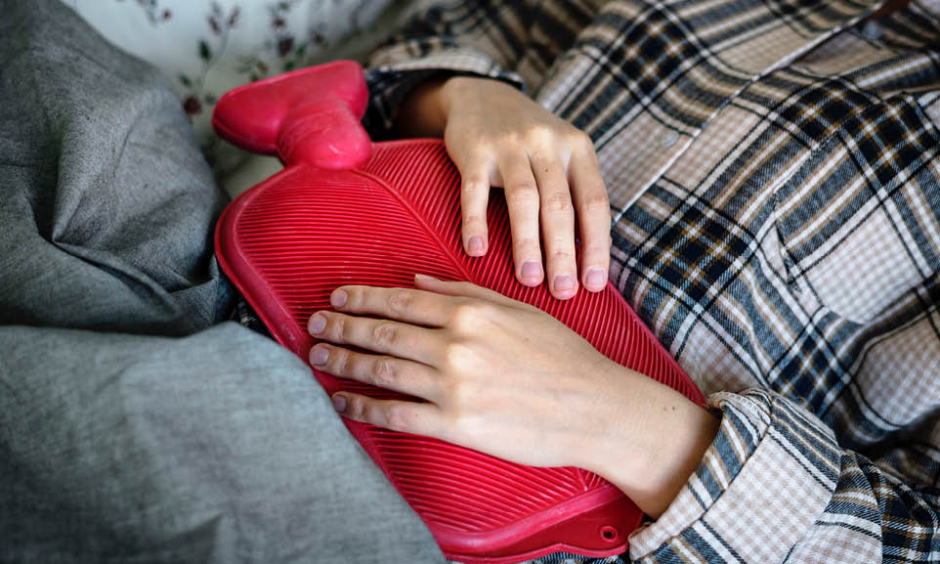UTERINE FIBROIDS are non-cancerous growths that occur in the uterine muscular wall, and although they are benign and sometimes symptomless, they can cause excessive menstrual bleeding, pelvic pressure or pain, or difficulties emptying the bladder. Treatment procedures vary from simple monitoring to invasive operations such as myomectomy; however, a team of researchers from healthcare company Kaiser Permanente, California, USA, believe that minimally invasive uterine fibroid emobilisation (UFE) is far more effective in reducing post-procedure complications.
UFE is performed by an interventional radiologist using a catheter which delivers embolic agents through a small incision into the uterine arteries, inhibiting blood flow to the fibroids. UFE is imaged real-time. Despite being less painful and providing a quicker recovery than surgery, as well as having 30 years of use in the clinic, it is relatively unknown to the general public. In a retrospective cohort study, the researchers assessed outcomes of 950 uterine fibroid patients, half of whom had undergone UFE; the other half had received a surgical myomectomy intervention.
At a 7-year follow up, postprocedural complications were higher in the surgical cohort, including a 2.9% versus 1.1% blood transfusion rate and a 9.9% versus 8.6% need for secondary interventions. Consistent with previous reports, the actual efficacy of each treatment was similar, including comparable increases in haemoglobin in each cohort due to reduced bleeding, and also similar miscarriage rates.
Dr Jemianne Bautista-Jia, radiology resident at Kaiser Permanente, commented: ‘‘Women have options for treating their uterine fibroids. UFE and myomectomy are procedures with similar efficacy and durability for treating fibroids, but UFE has fewer complications and shorter hospital stays.’’
The researchers speculated further on the findings, saying that additional research is needed to investigate the potential influence of uterine-sparing fibroid procedures on pregnancies. However, based on these analyses, UFE could be a far more desirable management for uterine fibroid patients in regard to bypassing the negative drawbacks of surgical intervention.








